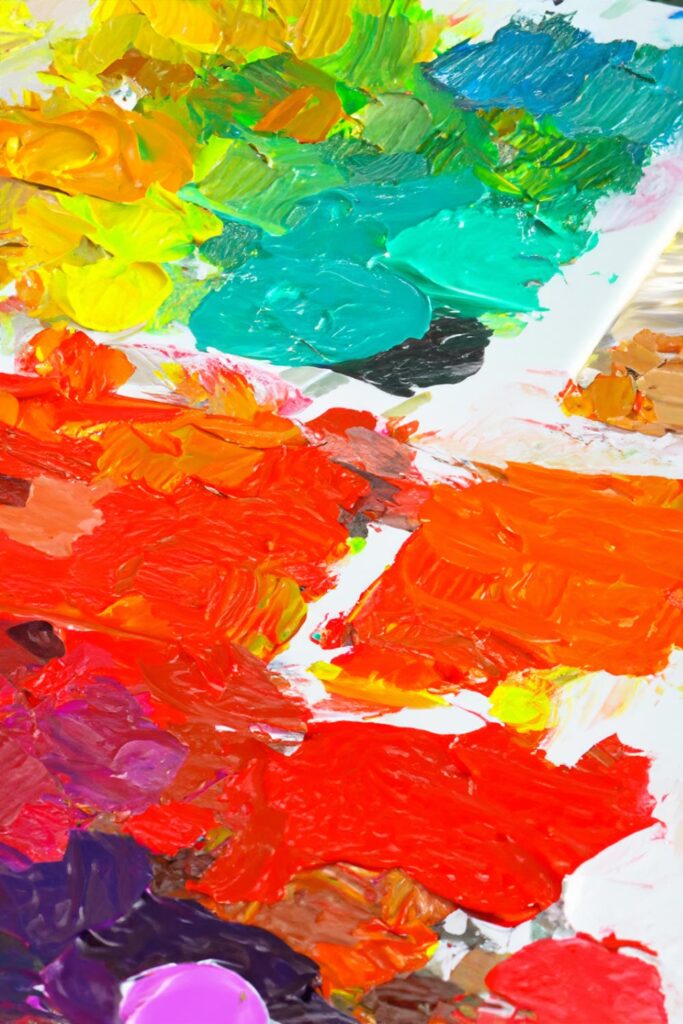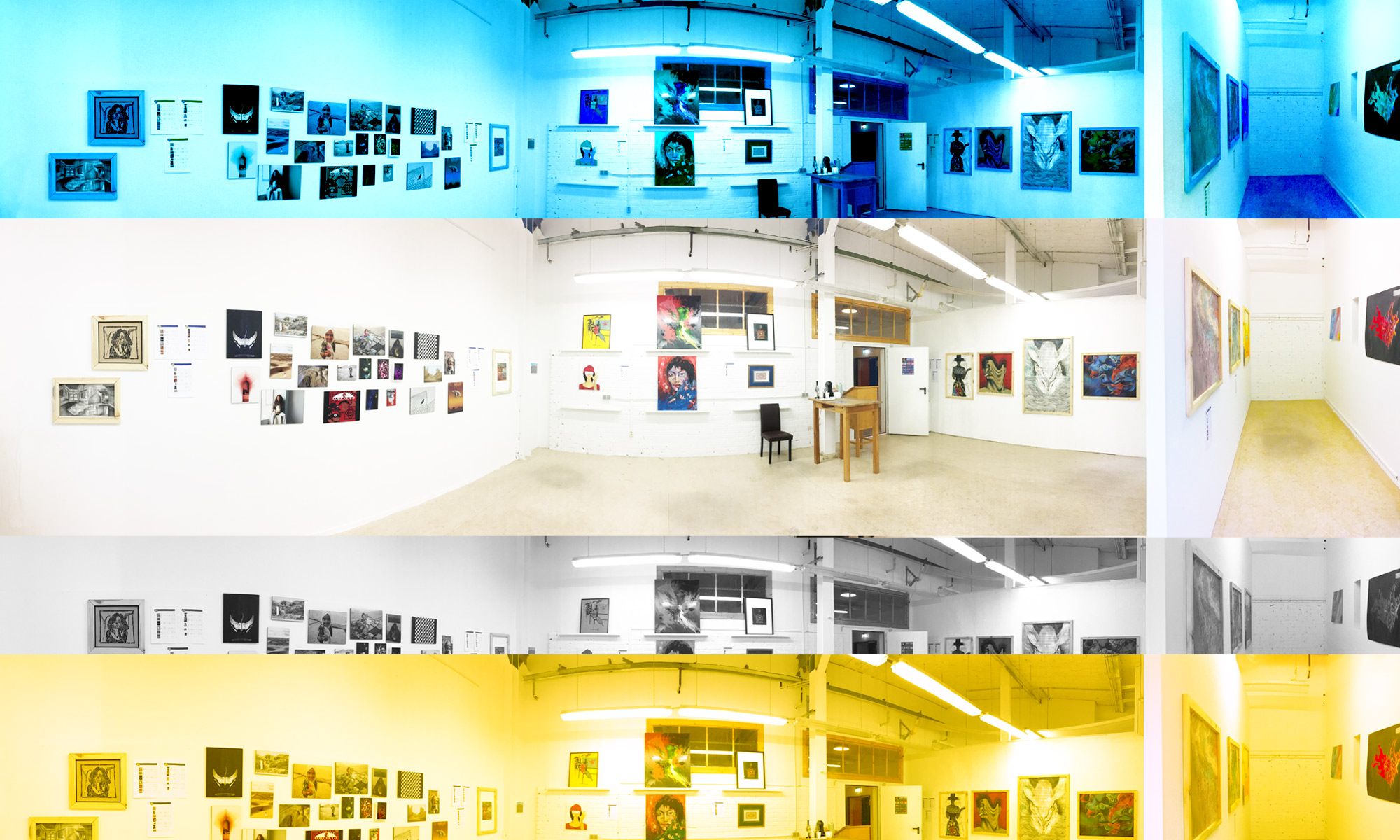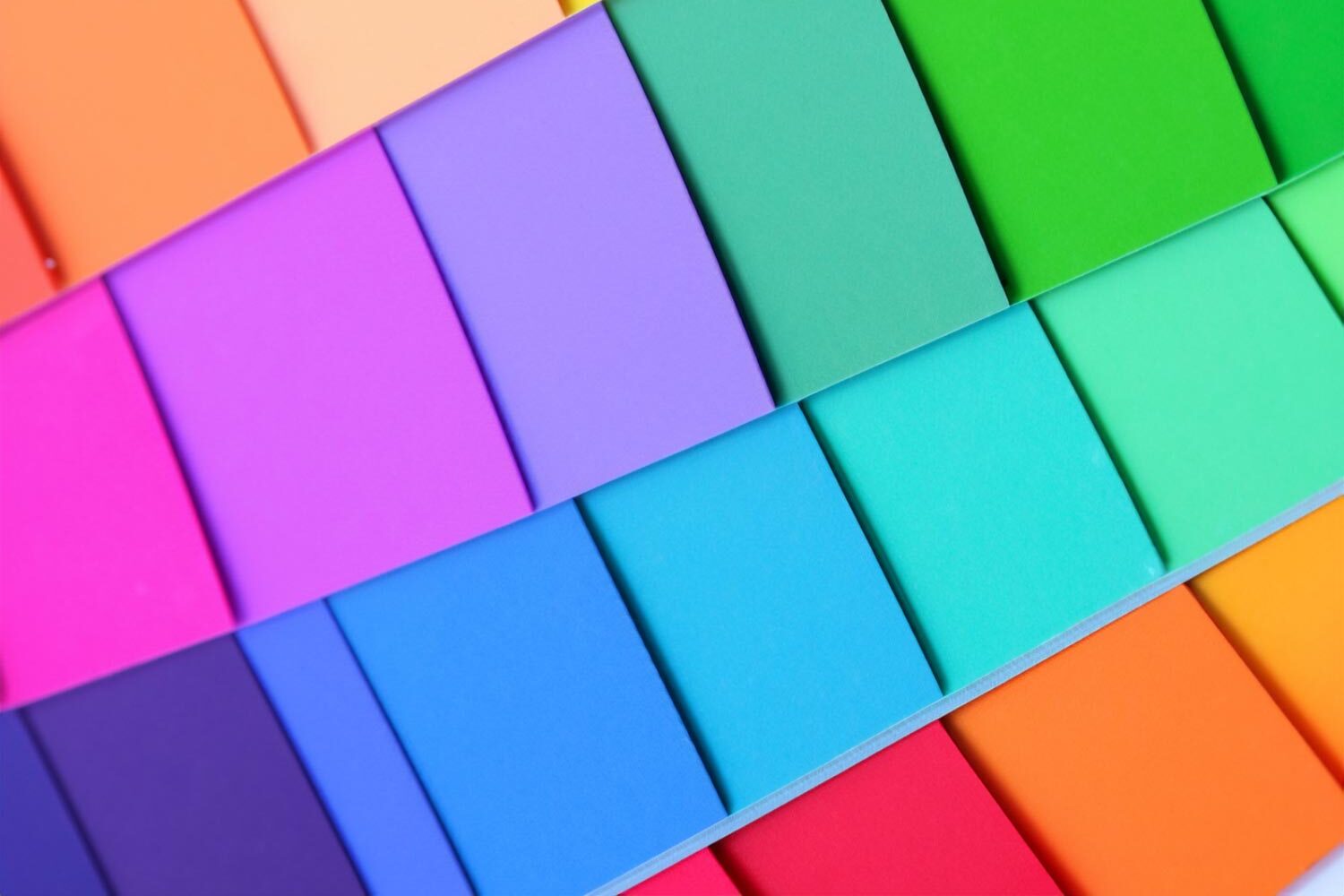
Introduction:
Color is a language that artists use to express emotions, convey moods, and captivate viewers. The art of selecting and combining colors to create a harmonious visual experience is a fundamental aspect of any artistic creation. Exploring color palettes is not just about choosing hues; it’s about unlocking the power of colors to tell stories, evoke feelings, and communicate ideas. Color palettes can be seen as our science of feelings, and while you can always go wild with colors, sometimes it’s beneficial to know and respect certain rules. In this article, we embark on a creative journey through the world of color palettes, delving into their significance, techniques for effective color selection, and the endless sources of inspiration they draw from.
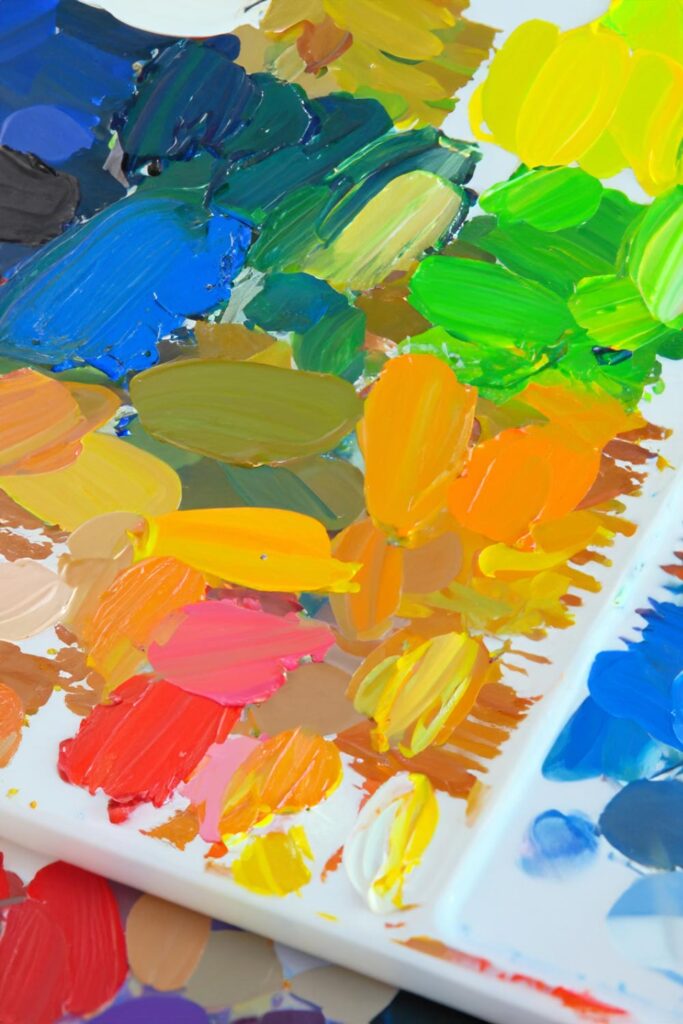
The Importance of Color:
Colors have a profound impact on the way we perceive art. They can evoke feelings of joy, melancholy, excitement, or calmness. Understanding color theory is the cornerstone of successful color palette exploration. The color wheel, comprised of primary, secondary, and tertiary colors, forms the basis for creating visually appealing combinations. Warm colors like reds and oranges radiate energy, while cool colors such as blues and greens evoke tranquility.
Drawing Inspiration from Nature:
Nature is perhaps the most abundant source of color inspiration. The changing hues of a sunrise, the vibrant colors of flowers in bloom, and the rich tones of autumn leaves provide an endless array of palettes to explore. Artists can mimic the delicate pastels of a spring garden, the earthy tones of a forest, or the vivid contrasts of a tropical sunset.
Art Movements and Cultural Heritage:
Art history is a treasure trove of color inspiration. Different art movements, from the vibrant colors of Impressionism to the bold contrasts of Cubism, offer unique palettes that reflect the spirit of their times. Ancient civilizations’ art, such as the intricate hues of Byzantine mosaics or the vivid pigments used by the Egyptians, can also spark fresh ideas for contemporary creations.
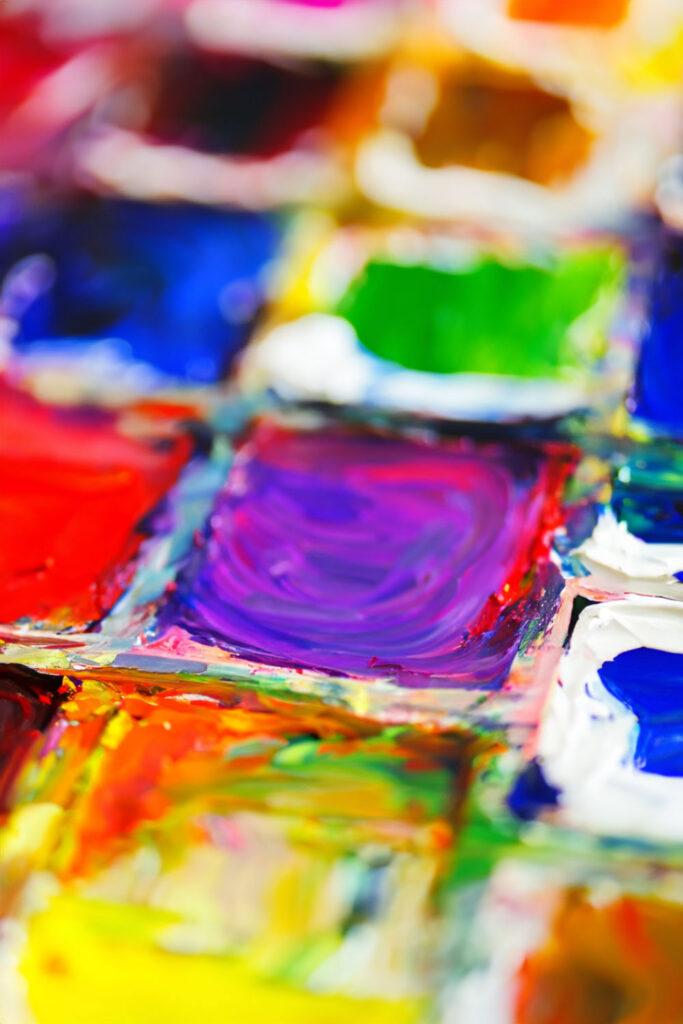
Emotions and Personal Expression:
Colors are often associated with emotions and can be used to convey personal narratives. Consider the passionate intensity of reds, the serene tranquility of blues, or the balance of complementary colors. Exploring color palettes allows artists to tell stories without words, enabling viewers to connect on a deeper emotional level.
Cross-Cultural Inspiration:
Different cultures hold diverse symbolic meanings for colors. Red, for example, might symbolize luck and prosperity in one culture while representing passion and energy in another. Exploring global color associations can provide a deeper understanding of cultural contexts and broaden the artist’s palette beyond their own experiences.
Experimentation and Unconventional Palettes:
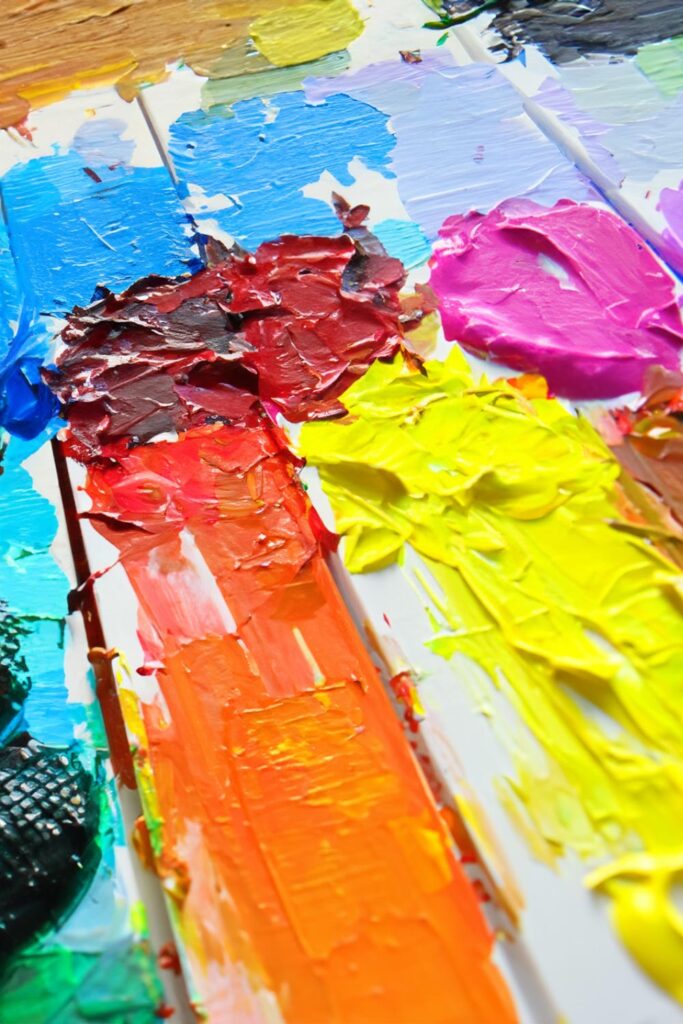
Sometimes, the most exciting inspiration comes from stepping outside the norm. Artists can experiment with unexpected color combinations, creating tension or harmony that challenges traditional perceptions. Mixing complementary colors or using analogous colors can yield surprising and captivating results.
Conclusion:
Exploring color palettes is a continuous and enriching journey that empowers artists to infuse their work with meaning and emotion. Color palettes, our “science of feelings,” guide us through a world of expressive possibilities. While artists can always go wild with colors, understanding color theory and respecting certain rules can help create balanced and evocative compositions. Whether drawing from nature, art history, personal experiences, or cultural influences, the world of color offers an infinite playground for creativity. As artists dive into this exploration, they unlock the potential to touch hearts, stir minds, and create art that resonates deeply with the human experience. So, pick up your palette and embark on a colorful adventure that knows no bounds.
